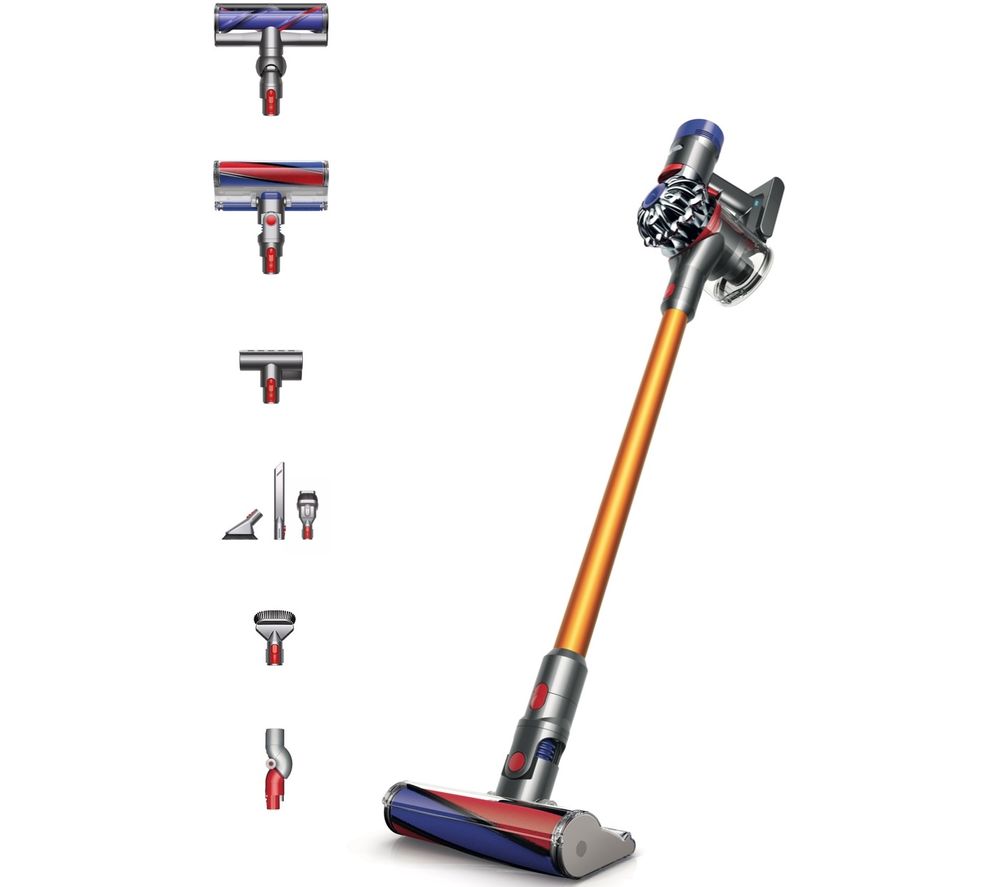Cuisinart – Color Core 10 Piece Cutlery Set – Multicolor
This classic 10-piece set features premium knives with high-quality stainless steel blades for a wide variety of cutting tasks. Backed by a lifetime warranty, each knife is specially designed with an ergonomic handle for comfortable control to ensure chef-caliber performance.






by Pierre
I love these new blades and i love the ideal of color matching for blade protectors easy to use. The knives are a nice edition to my kitchen attire would recommend to others
by Tee
These knives are great and the color on the handles makes it easy to decide which one is best for the cutting job that you are about to perform.
by Jane
I loved this set….I got it for my grandson for his first apartment. I got it during the deal of the day. Was surprise at the quality of it. Plan on purchasing it for my sister because she saw it and loved it for her birthday.